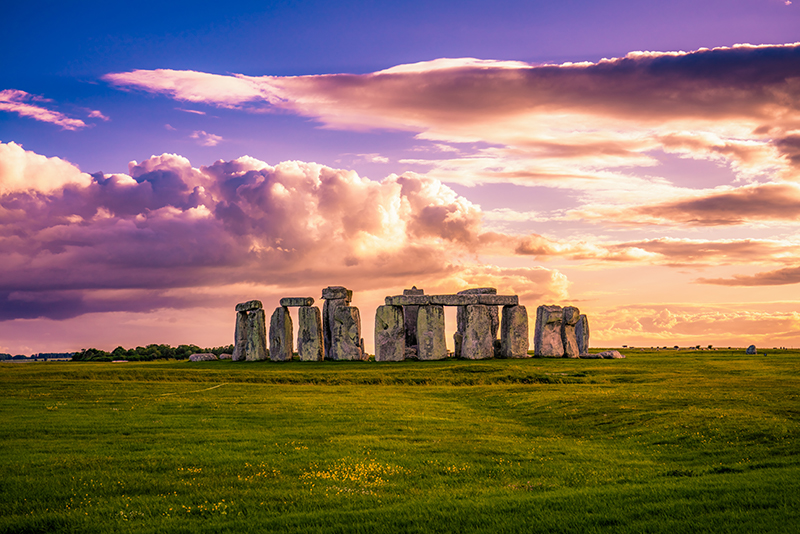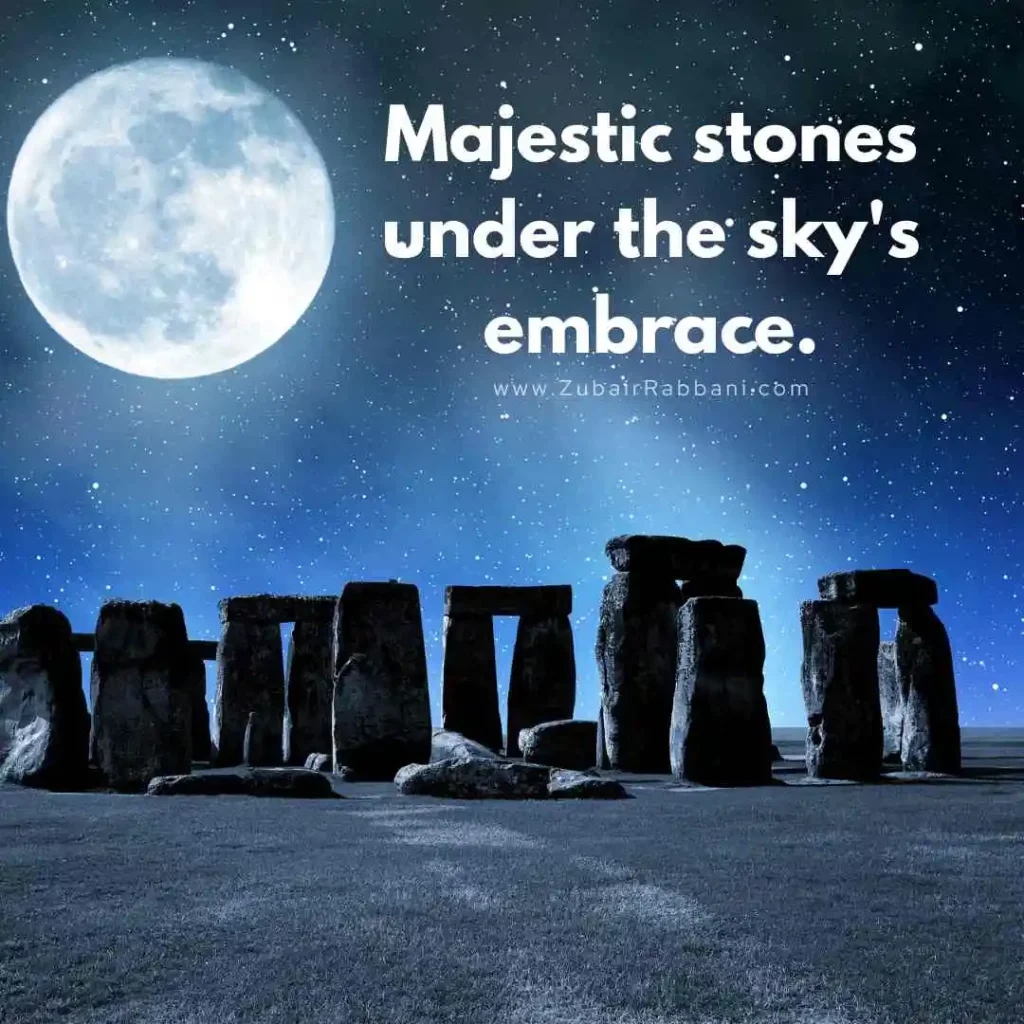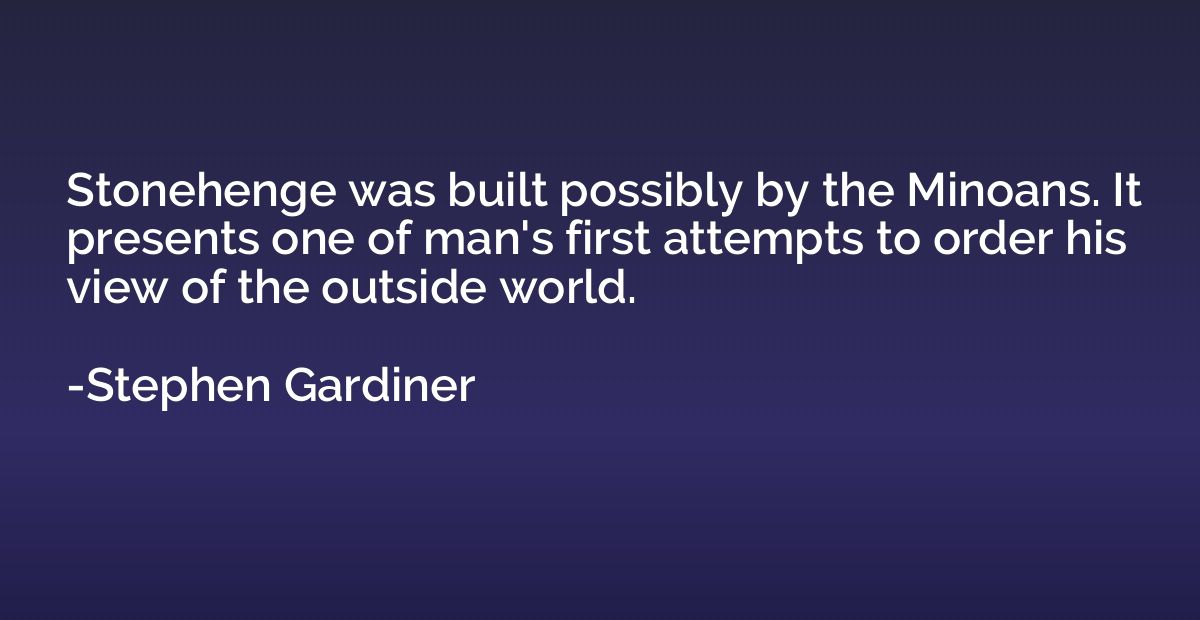It is one of the most recognized monuments globally. It is located in Wiltshire, England, and many travelers from across the globe. Again, we do not completely comprehend it today. Still, it continues to inspire and impress. So, let’s discover why Stonehenge is so special.
Read more: Secrets of the Alexandria Library Lost to Fire
The Stonehenge
Stonehenge is a circle of massive stones. Each stone is extremely heavy. The heaviest stones weigh over 25 tons. The builders set the stones around a circle.
The monument has two significant types of stone. The sarsen stones are larger. The bluestones are smaller. The sarsen stones create the outer circle. The bluestones are situated in the center.
Some stones have lintels, which means builders laid flat stones on top of two standing stones. This design is called “trilithon”.
When Was It Built?
Experts think that Stonehenge was built in stages. The first phase was around 3000 BC.
Between 2500 and 2000 BC stones were put in as new additions. Since the people who built it lived long before writing, we can only use the remaining evidence around the site.
Using tools and carbon dating, archeologists have gathered a range of ages. Still, its purpose is unknown.
How were the stones moved?
So, this is a large mystery. The sarsen stones came from about 20 miles away. But the smaller bluestones came from Wales which is over 150 miles away. People during this time did not have trucks or machines. So how were these massive stones moved?
Some people believe that slabs of wood and logs were used to help people roll the stones. Others state that they used canoes in the water and floated the stones. Either way, it took a lot of hard work.

What was the purpose of building the Stonehenge?
Many theories have been put forward. Some claim that the site was a burial site, while others think it was a healing site. Some even believe it was a star-gazing site.
Who built the Stonehenge?
No one is sure about this. However, historians and archaeologists believe it was built by Ancient Britons – long before the Romans settled in the area.
Some would say that the Druids built it, but it is unlikely. The Druids came considerably later in the history of this region. Other historians and archaeologists theorize that Stonehenge was built by a few different tribes over several centuries.
Whoever built it showed great skill and knowledge. They had knowledge of stone and math and the stars.
Stonehenge and Burial Sites
Some archaelogists uncovered human remains near the stonehenge.
This shows that this site had a spiritual significance and it wasn’t just a pile of rocks – it was part of a larger religious landscape.
Other sites nearby, like the Avenue and Durrington Walls, relate to Stonehenge and have likely been important for ceremonial practice.

What does it mean spiritually?
Many people see Stonehenge as a spiritual place today and come here to pray and meditate.
Some think it has a special energy, whereas others believe it gives inner peace.
Even if we don’t know the whole truth, we can feel the power. The stillness and beauty of the stones reach our souls.
The Modern Era of Stonehenge
Visitors used to have the ability to walk between the stones, and even climb on them, but this eventually caused damage to the stones over the years. Guests must now remain on specific footpaths.
That said, you can still visit and experience the stones up close! The visitor center has maps, tools, and models explaining the site. Visitors can also picture how these people lived when building and living in the stone circle. The visitor center also has reconstructions of ancient homes and objects used.
Again, experts have studied and added to our knowledge of ancient sites using modern technology and tools. Experts have used ground-penetrating radar, and three-dimensional scanning, to learn more about what lies beneath; these techniques have identified ditches, holes, and paths previously unknown, and even identified a much larger stone circle nearby that might be linked to Stonehenge in a wider complex of ancient circles, which points to the idea of Stonehenge not being a lone circle. Hence, many are optimistic that we will continue to discover more secrets in the next few years, as technology continues to unlock more of our historical past.
Stories and Legends About Stonehenge
There are a lot of legends regarding Stonehenge. There is one that says that giants built it. Another story says the wizard Merlin magically transported the stones.
Although, some believe it was aliens. They say the design is too perfect for the humans of that time.
While these thoughts are fun, many experts deny them. However, these stories speak to how much people wonder about the stones.
The Beauty of the Site
Stonehenge is located in a huge, open field. The wind blows across the grass almost all the time. Birds fly around the stones and the sunset colors the sky.
It is a quiet and peaceful place. Hence, a lot of visitors mention how calm they feel when they visit. Some express a deep connection with the earth. Even if you don’t believe in energy or magic, there is still something.
Safeguarded, and Respected
Stonehenge is a World Heritage Site. So, this means the world agrees there is value in it. People work hard to protect it.
Legislation protects it from damage. Experts frequently check on the rocks, to ensure they remain stable for the future.
We want our children and our children’s children to visit it someday.
Why It Still Matters
Stonehenge is not just rocks. It is a connection to the past, and an example of how intelligent and skilled ancient people were.
It reminds us that people long ago watched the stars, and respected the earth, and its cycles. They accomplished something that still stands today.
This is why Stonehenge still matters. It connects us through time. It illustrates human endeavor, mystery, and wonder.

Visiting Stonehenge
It is roughly two hours from London by car or bus.
You can book tickets online. It is best if you visit in the early morning, or late in the day, when the light is beautiful and you are less likely to be in large crowds.
So, make sure you visit the museum. The exhibits will help give context to what you are viewing. Take your time. Walk slowly. Allow the place to talk too.



Leave a Reply